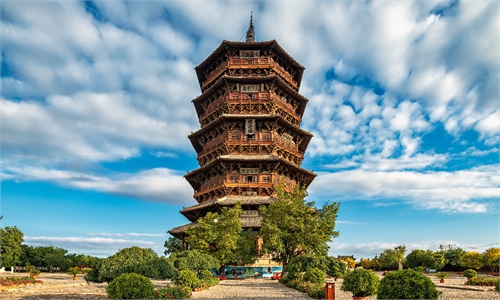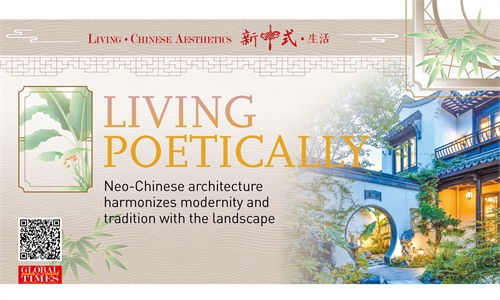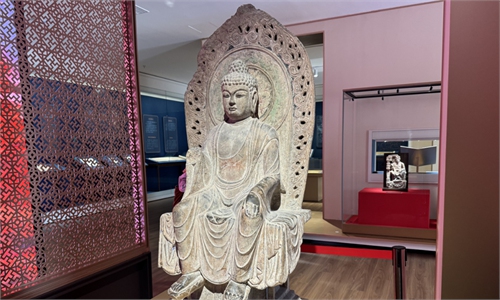ARTS / CULTURE & LEISURE
Decoding traditional wisdom of Chinese design at Venice Biennale with architect Ma Yansong
Harmonizing tradition, technology and nature
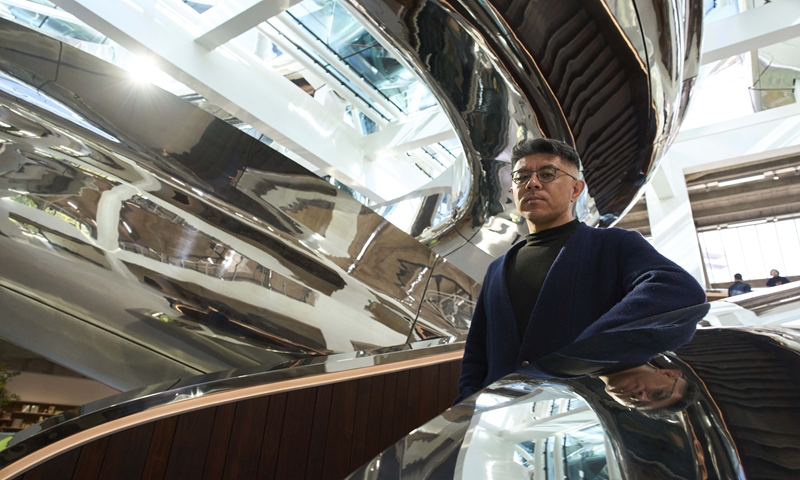
Renowned architect and founder of MAD Architect, Ma Yansong Photo: Courtesy of MAD Architect
China has officially opened its pavilion at the 19th International Architecture Exhibition in Italy. Titled Co-Exist, the exhibition is curated by renowned architect and founder of MAD Architect, Ma Yansong (Ma). The pavilion explores how traditional Chinese spiritual philosophy can engage with accelerating technologies in an era increasingly shaped by artificial intelligence (AI) and environmental transformation through art pieces from 12 groups of young architects inspired by the Liangzhu Civilization, Dunhuang Grottoes, Beijing Central Axis and other heritage sites.In an exclusive interview with the Global Times (GT), Ma shared how Chinese architects are drawing wisdom from the traditional Chinese worldview of "Unity between Heaven and Humanity" in the context of the transition from industrial civilization to the intelligent era. He discussed how this wisdom of co-existence is being applied to contemporary material innovation, urban construction, and landscape reconstruction, offering Chinese solutions to the challenges faced by humanity.
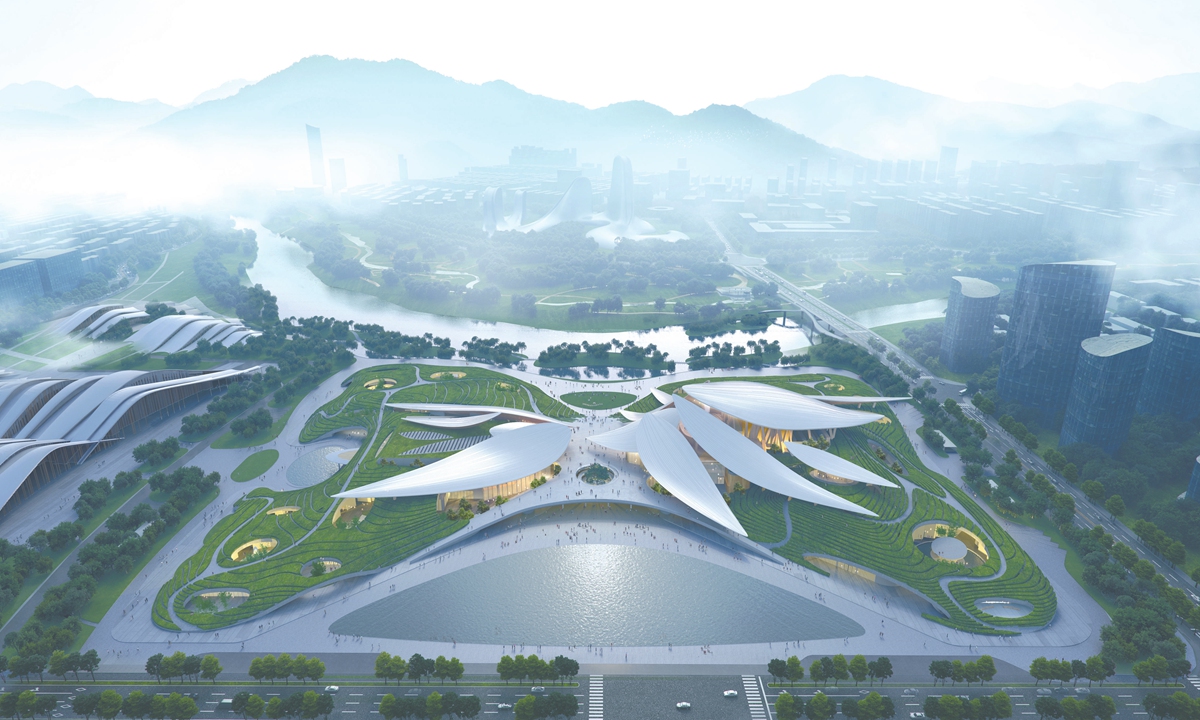
The Anji Culture and Art Center Photo: Courtesy of MAD Architect
GT: The Chinese Pavilion at this Venice Biennale is themed Co-Exist. How would you explain it? Why focus particularly on the works of 12 young architects (groups)?
Ma: The core of the theme lies in embracing diverse voices. The future of Chinese architecture should not be a monologue of single styles but a chorus of intergenerational dialogue. In the exhibition hall, there are spatial installations inspired by the ritual music of Liangzhu's urban-state sacrificial ceremonies, as well as poetic videos transforming temporal fragments of Beijing's Central Axis scenic spots — these works span 5,000 years of civilization yet collectively explore the proposition of "symbiosis between nature and technology."
Wisdom refers to the connection between tradition and the future. Traditional Chinese culture's perspective on the relationship between human and nature is highly forward-looking: Nature is an extension of the human spirit, rather than being alienated from humans as in the Western view - this is the profound wisdom of "Unity between Heaven and Humanity." I believe future smart technologies should serve humans' emotional and spiritual needs, and the Venice Biennale is a window to convey this insight to the West.
The exhibition is divided into three sections: "Classical Wisdom," "Modern Technology" and "Future Cities." The classical section traces the spatial philosophy of Chinese civilization; the modern section focuses on how technology reshapes urban forms; and the future section explores the evolutionary potential of traditional wisdom in the smart era. Some works also address the sustainable reuse of modern materials, attempting to sustain the ecological wisdom of Eastern architecture amid technological iterations.
GT: As AI reshapes architectural design processes, how do you view technology's impact on the architectural industry?
Ma: Technology has profoundly transformed architecture, but I am not a follower of "technological supremacism." Architecture has evolved over millennia, and technological advancement does not necessarily equate to improved residential well-being. The core value of architecture always revolves around people - comfortable living scenarios, close contact with nature, emotional bonds in family communities: These are the soul of architecture.
Technologies like AI are efficient auxiliary tools that can significantly enhance productivity. However, future architecture should be more open: Breaking down technological barriers involves diverse stakeholders such as community residents and cultural scholars in spatial discussions, such as how architecture can promote social integration and housing equity. The ultimate mission of technology is to make architecture return to caring for people.
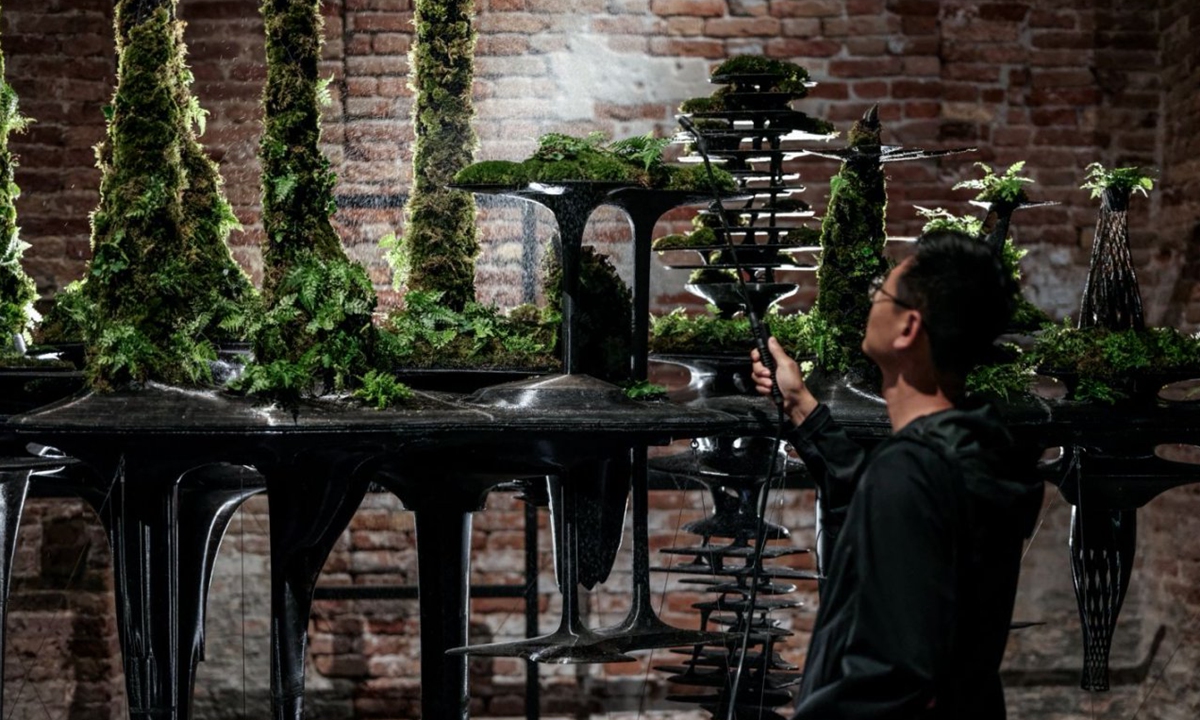
The Chinese Pavilion at the Venice Biennale Photo: Courtesy of MAD Architect
GT: How do you view the international community's evaluation of the contributions of Chinese architects across generations?
Ma: The international community's attention to Chinese architects essentially reflects recognition of Chinese culture's uniqueness in the globalized era. From Liang Sicheng's systematic documentation of Chinese architectural history to Wang Shu's reconstruction of tradition through the "New Construction Methods," generations of Chinese architects have continuously explored the modern expression of traditional wisdom.
My understanding of traditional culture is that tradition is not merely outdated objects but a form of advanced wisdom applicable to future architecture and cities. A traditional worldview and values, though intangible, can be expressed through architectural space or the artistic conception of connecting with the surrounding nature. I do not advocate superficial mimicry but pursue a state in which nature and architecture are inseparable, each embodying the other.
GT: How do you view the construction of discourse power for Chinese architecture on the international stage?
Ma: I believe obtaining discourse power is relatively easy; what matters more is what you do with it once acquired. You need to propose concepts that make everyone believe this is our future and that we can all learn and benefit from them. The mission of Chinese architects is to transform the wisdom of "Unity between Heaven and Humanity" into solutions, which carry more cultural persuasiveness than merely exporting technology. Only by deeply understanding one's own culture can one exhibit unique charm on the international stage.
It is heartening that the new generation of Chinese architects, growing up in a globalized context, can engage with international frontiers on equal terms while integrating cultural genes into their design practices. I look forward to more "non-symbolic" Chinese expressions - when architecture no longer relies on labels to prove its identity but touches hearts through spatial philosophy, that may signal true cultural confidence.

